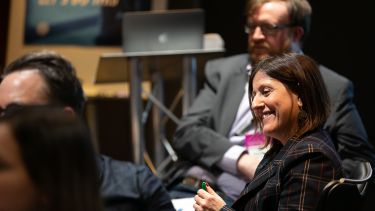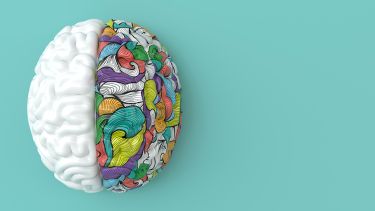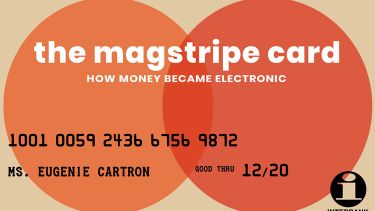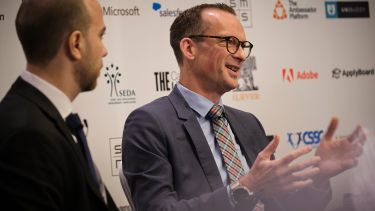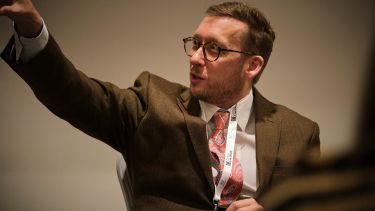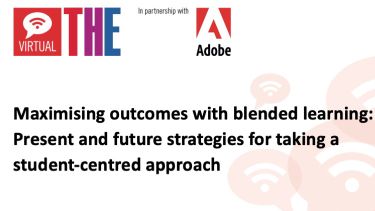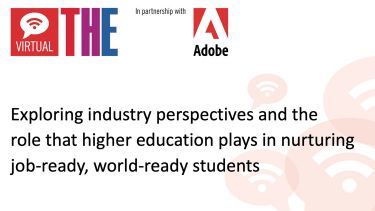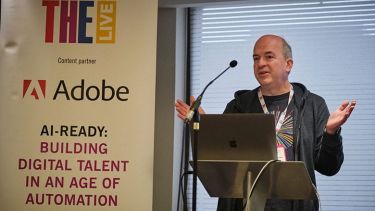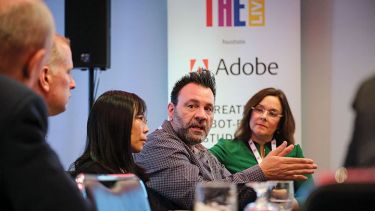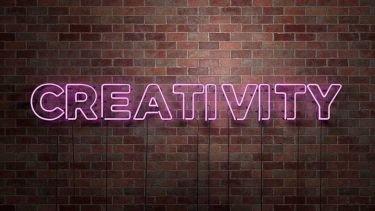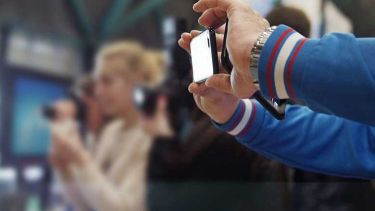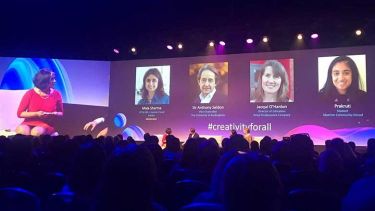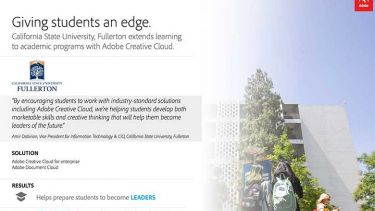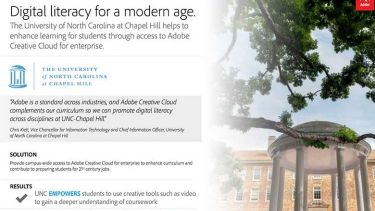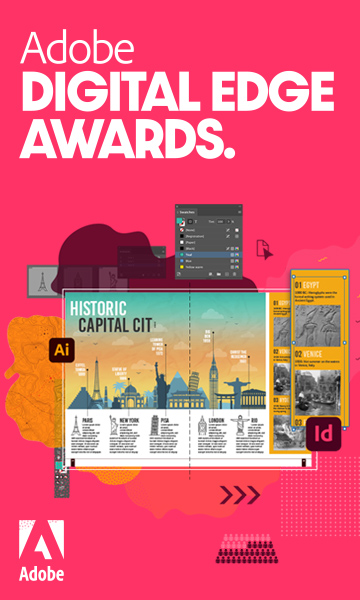
Adobe’s Digital Edge Awards create a platform for learners to explore their creativity
An effective way for students to become digitally literate is through the application of theory to an authentic problem that needs solving – such as through interaction with industry, says Mark Andrews, pedagogical evangelist at Adobe. “It takes the often-abstract nature of an assignment and then grounds it in a real-world situation.”
The Adobe Digital Edge Awards give students free rein to explore and showcase their innate creativity and produce a digital product that they can take to future employers, presenting their ability to create and communicate solutions to real-world problems.
In last year’s awards, a pharmaceutical student identified ways to streamline processes in a UK government hospital and created a prototype app to optimise operations. Another entry, from data science for cultural heritage student Emily Long, saw the creation of a teaching tool to help users explore the symbolism of animals in Renaissance art. “Data science and digital literacy go hand in hand,” Long says. “Insights need to be drawn from the data and then communicated effectively with the audience and, ideally, with the help of Adobe tools, those insights can be engaging and beautiful.
Adobe Creative Cloud offers more than 20 apps to support the innovation of creative content, enabling “students to work together and construct and communicate an idea in new and novel ways”, Andrews says. “It enables them to really look at problems from a different perspective.”
In the modern world, these are the skills that employers want. Narrative, storytelling and communication are vital skills for business, according to recent research from the University of Oxford. “The ability to devise, craft and deliver a successful narrative is not only a prerequisite for any CEO or senior executive, but is also increasingly becoming necessary for employees in any organisation,” the report says.
It is the university’s responsibility to create an environment where students can explore digital literacy skills, rather than treating it as a subject to be taught, Andrews says. “They need to provide opportunities, technology platforms and resources, and then foster an environment and opportunities for students to encounter and acquire these [skills],” he says. “Through interaction with industry, students can see these academic skills bear out in society.”
Digital literacy is different for various disciplines, and it requires learners to be independent and self-reliant, Andrews says. Collaboration with industry helps students identify the skills that are relevant to their field, develop the ability to find solutions to a wide variety of real-world problems and see the usefulness of their work in practice.
“The Adobe Digital Edge Awards shine a spotlight on the role that creative tools such as Creative Cloud can play in developing these digital literacy skills alongside students’ core academic work,” Andrews says. By suggesting that students incorporate new methods, such as creating a podcast or a video, “you’re giving your assignment a new kind of purpose”.
“That’s what we definitely saw from last year’s submissions. Students went above and beyond to develop things that live beyond the assignment,” he says.
And this is what companies want in employees. “Someone who is creative, someone who is agile and someone who has a portfolio to back it up,” Andrews says.
However, digital literacy is different from having digital skills. Digital skills include being able to send an email or edit a Word document, but digital literacy is “higher-order thinking”. Learners must consider how to communicate effectively with stakeholders to solve a problem.
Find out more about the Digital Edge Awards and how your students can enter.



